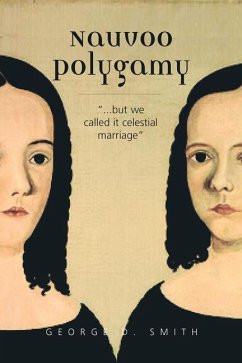Mormon Mormon polygamy began in Nauvoo, Illinois, a river town located at a bend in the Mississippi about fifty miles upstream from Mark Twain's Hannibal, Missouri. After church founder Joseph Smith married some thirty-eight women, he introduced this "celestial" form of marriage to his innermost circle of followers. By early 1846, nearly 200 men had adopted the polygamous lifestyle, with an average of nearly four women per man--717 wives in all. After leaving Nauvoo, these husbands would eventually marry another 417 women. In Utah they were the polygamy pioneers who provided a model for thousands of others who entered into plural marriages in the nineteenth century. Their story is colorful, wrapped in images of people in the next life piloting celestial worlds. Plural marriage was not initiated all at once, nor was it introduced though a smooth progression of events but rather in fits and starts, though defenses and denials, hubris and mea culpas. The story, as told here, emphasizes the human drama, interspersed with underlying historiographical issues of uncovering what has hidden--of explaining behavior that was once allowed and then denied as circumstances changed.
Bitte wählen Sie Ihr Anliegen aus.
Rechnungen
Retourenschein anfordern
Bestellstatus
Storno




